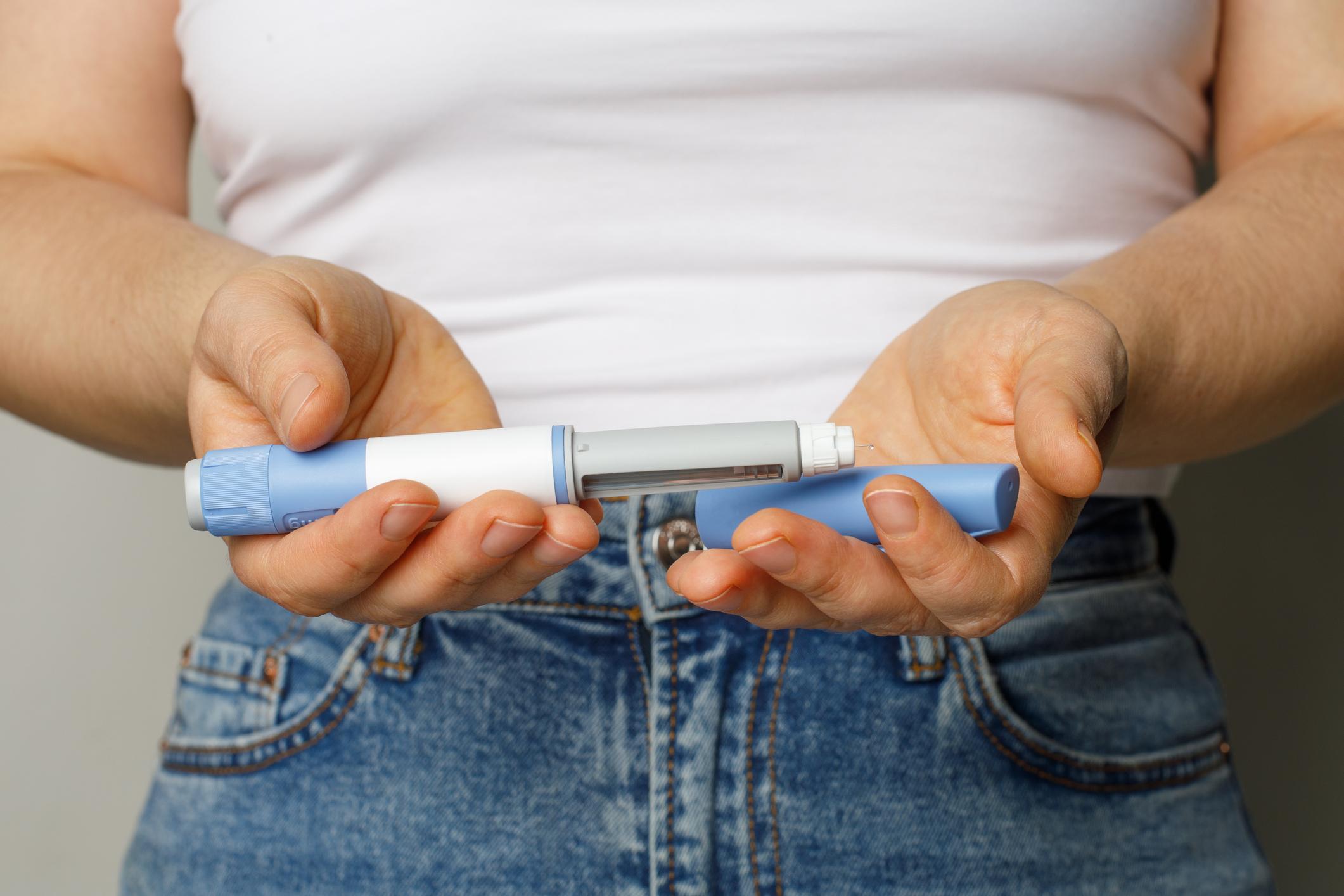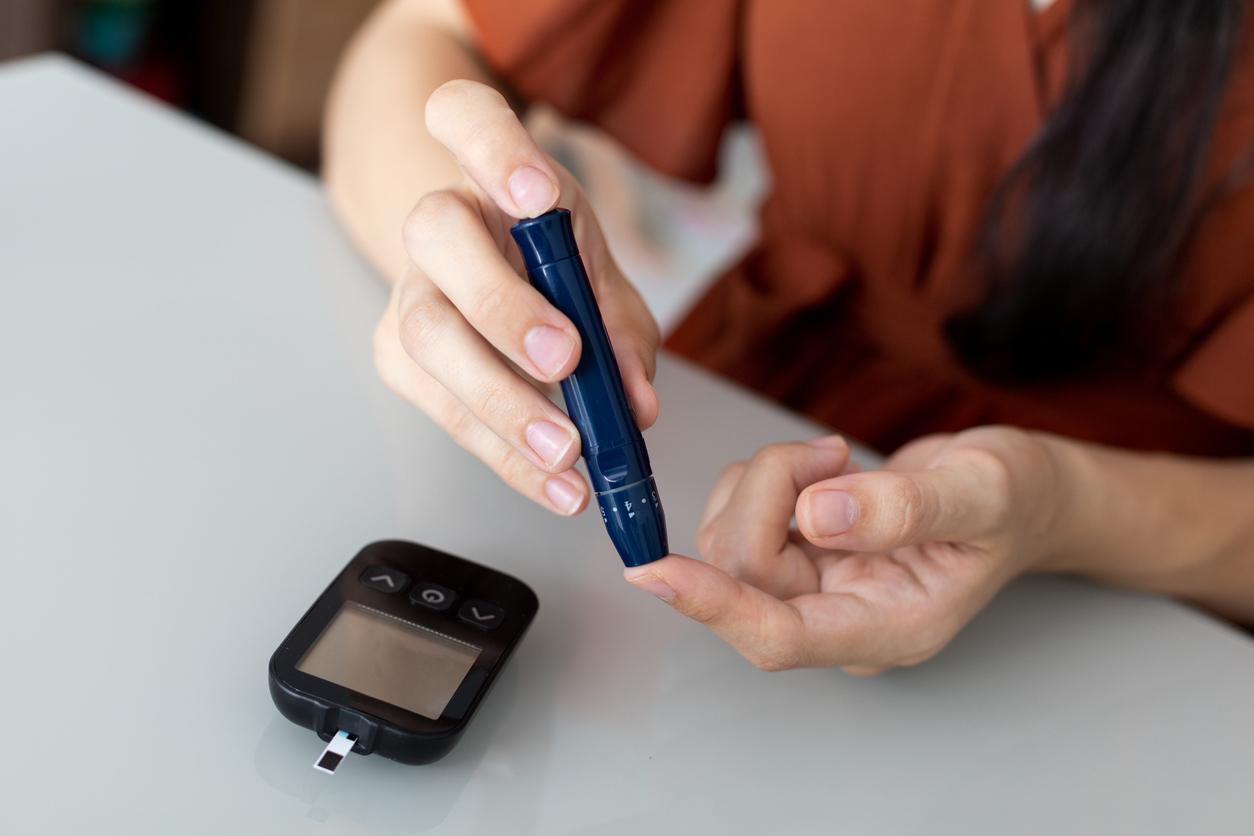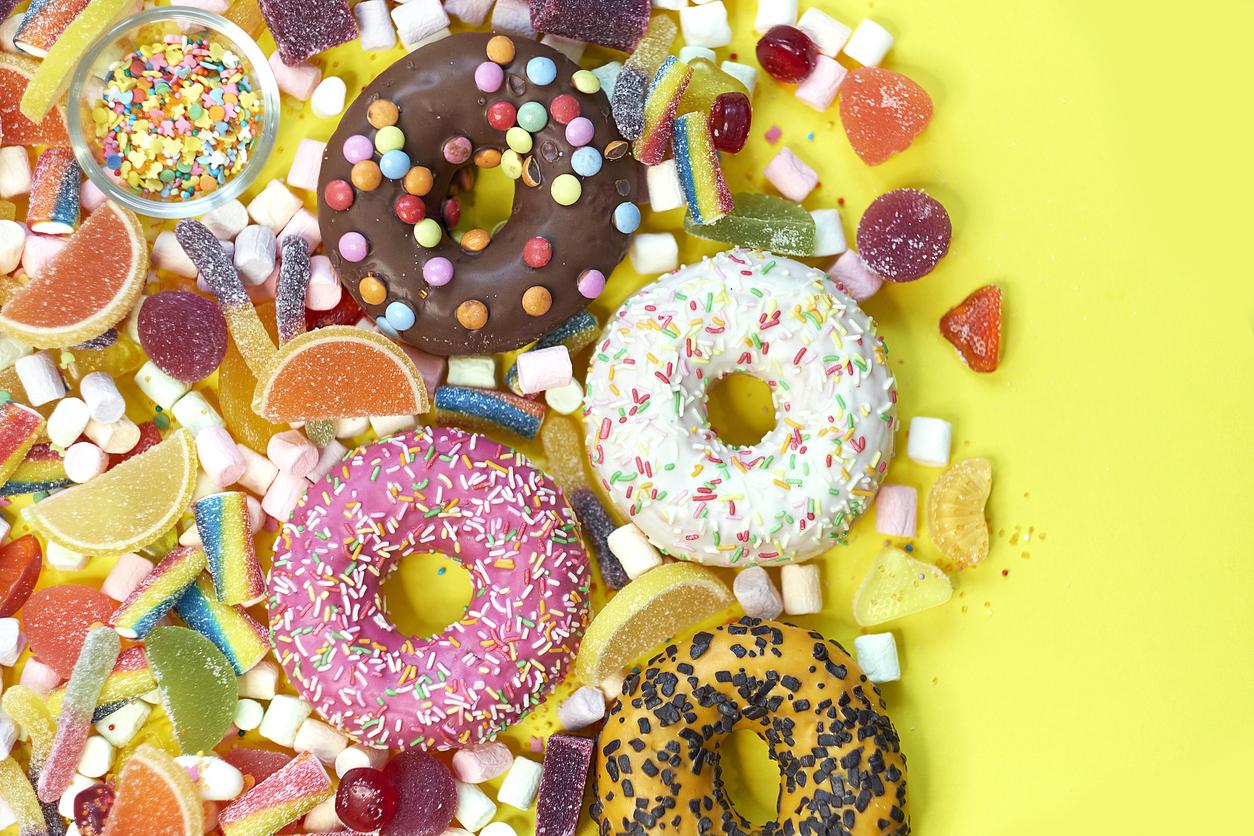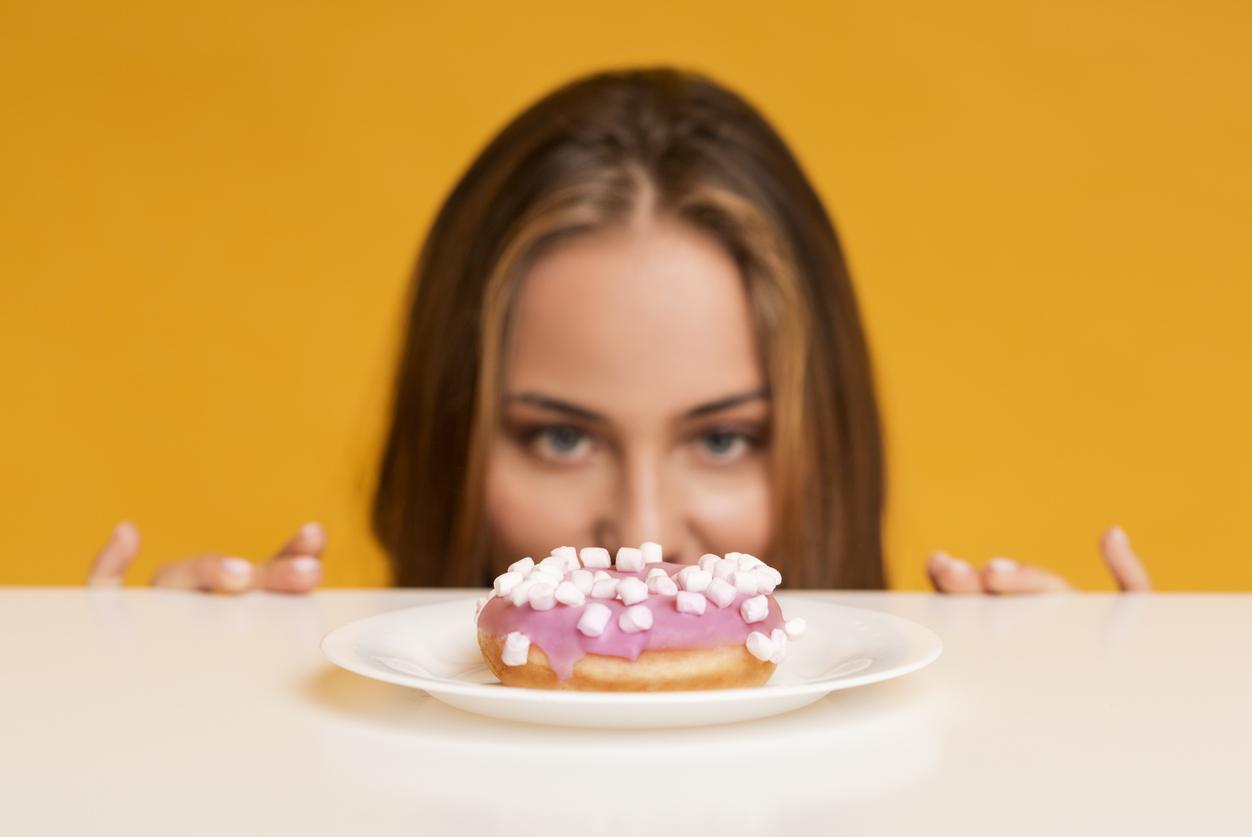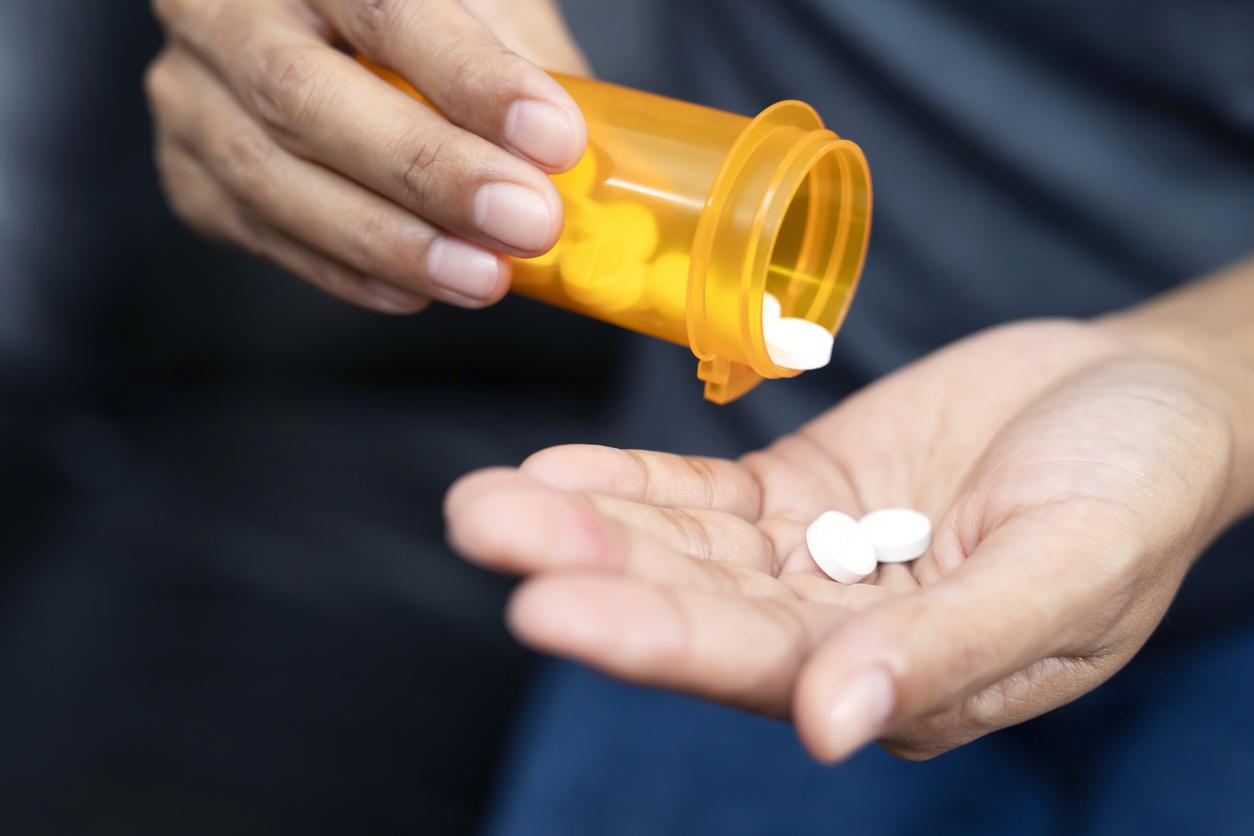Excessive consumption of sweets alone cannot cause a diabetes. But, once the disease has set in, it is important to significantly reduce the share of all so-called fast sugars in your diet. White, blond or red sugar, same fight, and whether it comes from beet (94% of our consumption) or sugar cane (6%), it’s all the same, always sucrose! In addition, the sugar is not limited to the one you add to your coffee or to cakes. “All carbohydrates must be limited, because they raise blood sugar, specifies Dr. Laurence Benedetti, micronutritionist. However, it is especially important to avoid fast sugars between meals: a small piece of chocolate at the end of lunch will be less bothersome than in the middle of the afternoon. “
Sugary drinks, the main culprits in increasing our waistlines, almost deserve banning. It is proven that, consumed in adolescence, they make the bed of diabetes. Be careful, lemonade or sodas are not the only targets: orange juice without added sugar contains almost as much sugar as Coca-Cola! The drinks light would also increase the risk of diabetes, according to Inserm researchers (February 2013).
What are the best sugars for diabetics?
Sugars, also called carbohydrates or carbohydrates, are found in many aspects in our food: in candies, ice creams, pastries, chocolates; in alcohol; in fruits (fructose); in starchy foods (bread, noodles, rice, potatoes, etc.); in legumes (lentils, peas, white beans, chickpeas …).
In general, to ward off diabetes, it is advisable to limit the first two categories, which are called fast sugars. If you can’t help but sweeten your yogurt or tea, honey (made up of fructose and glucose) is the “least worst” option. “In the non-diabetic, fructose (honey sugar) in small doses rather lowers blood sugar, agrees Dr. Jean-Michel Lecerf. In addition, foods that contain it provide other beneficial nutrients (antioxidants). But in diabetics, fructose is transformed into triglycerides in the liver, which is why it is better not to abuse it and be wary in particular of products for diabetics which contain it. “
Even if there is sugar in the fruit, it is recommended to consume at least two portions of 150 g / day at the end of a meal. “We must nevertheless be wary of the sweeter, tempers Véronique Liégeois, dietitian-nutritionist, such as bananas, melons, cherries, grapes, by adapting the size of the portions. “
Finally, for decades, diabetics have been advised to favor so-called slow or complex sugars, contained in starches and cereals, to appease their hunger. Because they would lower blood sugar levels. This adage is nevertheless called into question and it is now supplanted by a more precise concept: the glycemic index.








